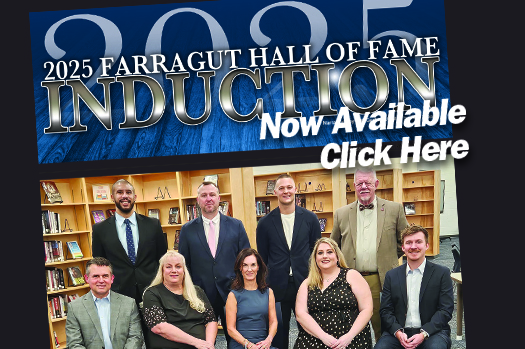Touching the sky
B39 Airacobra flies fast at Concord Park
The propellers started spinning and the plane lifted off at Concord Park Wednesday, April 26. T. Michael Jennings held on tightly to a wire as his B39 Airacobra zoomed in circles at 55 mph. Jennings makes 3-pound balsa wood planes with 50-inch wingspans and 1.25 horsepower engines that look like World War II fighters. He and his wife, Elizabeth, travel to wire-controlled plane competitions, a hobby Jennings has only gotten back into in the last few years.
According to the Precision Aerobatics Model Pilot's Association website, control line precision aerobatics debuted as a national competition in 1941 and grew rapidly after World War II.
The retired Oak Ridge engineer is looking forward to the Joe Nall Meet in Woodruff, South Carolina, in the middle of May where he’ll go up against about 25 other pilots who come with about two planes apiece.
“These are difficult to fly,” he said. “We fly them on 60-foot stainless steel lines in a big circle.
We do different acrobatics stunts: wing-overs, inside loops, outside loops, square loops, triangles, figure 8s, square figure 8s, vertical figure 8s, overhead figure 8, hourglass and a cloverleaf. Everybody is judged against the same standards. I call them builders, pilots and crashers,” Jennings said. “You’re going to crash one every once in a while.”
Last week at Concord Park, Jennings was careful. He didn’t want to damage one of the planes he plans to take to the competition. He has crashed plenty in the past, though.
He said his passion is in the building, not the flying, and he estimates he’s built 75 planes and currently has 20 in the upper floor of his house off Northshore Drive.
“It takes about 170 hours to build one, starting with a set of plans and a box of balsa,” he said. “The engines cost about $90 and the balsa, wheels and periphery cost about $75. The investment is in the manpower. My office is a carpeted clean area. Of course, I’m an engineer so everything I do is clean. Building model airplanes causes balsa dust and glue fumes. It’s just part of the process. It’s like cooking bacon. It perfumes the whole house.
“You have to do a bunch of flights to get proficient,” he said. “I practice across the street from the yacht club. I fly off of that parking lot and I also practice at Concord Park.”
Jennings has been in love with aircraft since he was a child.
“I grew up around motorcycles and racecars and my father built racecars and he had aircraft,” he said. “We were a big Irish family with five kids. We were loud and brash and Catholic and had a good time.”
Has Jennings won some of the competitions?
“Not lately,” he laughed. “I took several years off while the girls were growing up. You come to a period in your life where the family and the work come first. The family and the work got too busy and family comes first. In the last two or three years, I’ve started to get back into building and flying. I’m not an expert pilot — I’m an intermediate pilot.”
But this summer and fall Jennings will have a few chances to prove himself. He and Elizabeth will be going to contests in Muncie, Ind., in June; Paducah, Kentucky, in August; and Huntersville, North Carolina., in October.
Jennings also is the author of a bi-monthly column on the subject that is published in Stunt News magazine, a publication for members of the Precision Aerobatics Model Pilot's Association.


